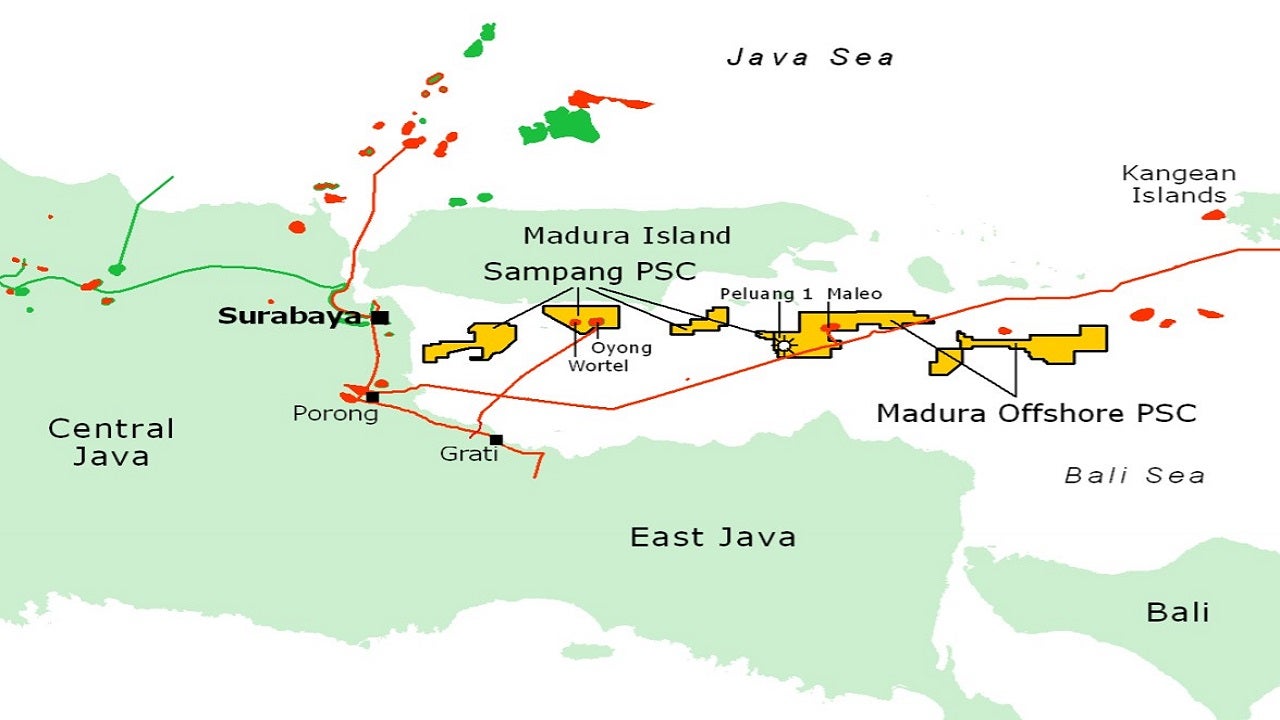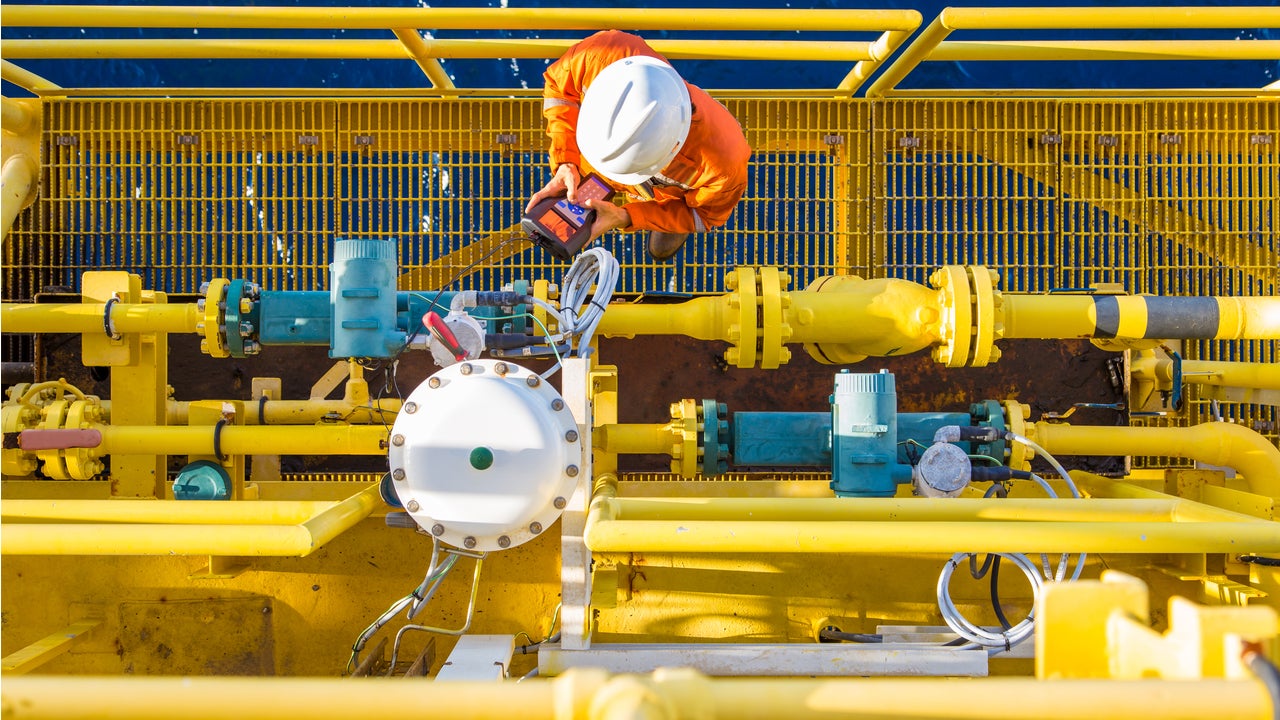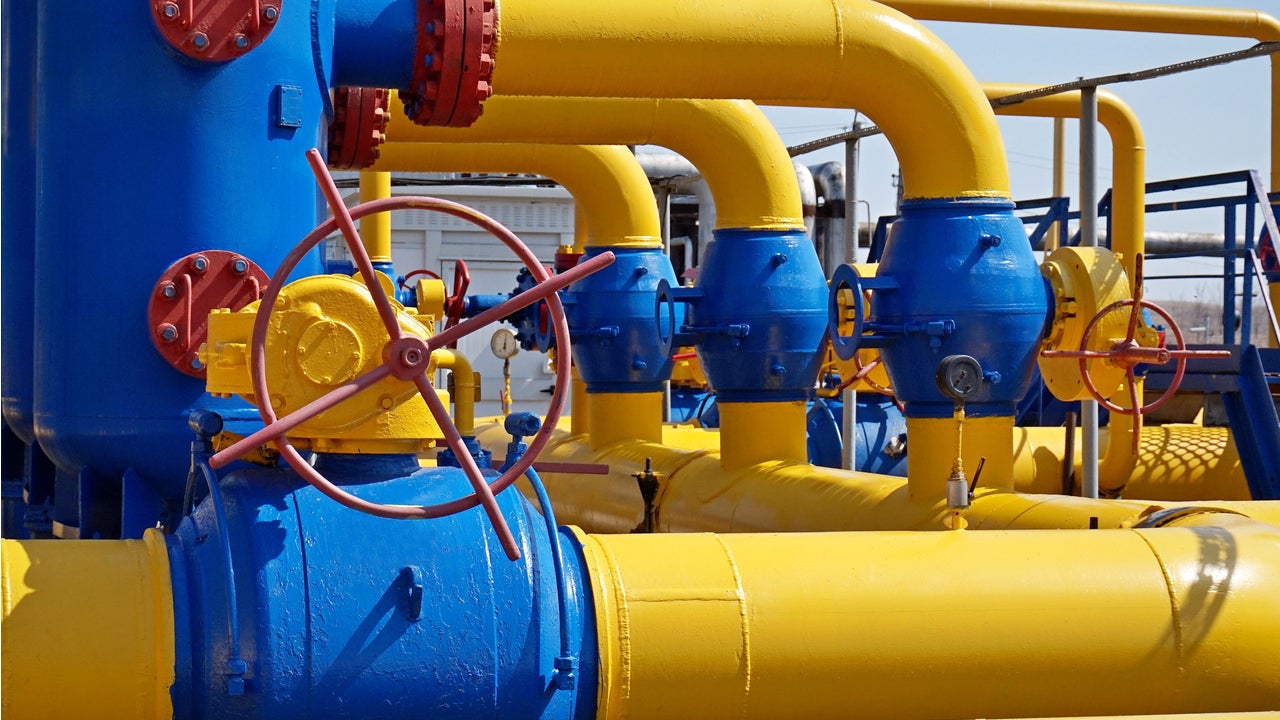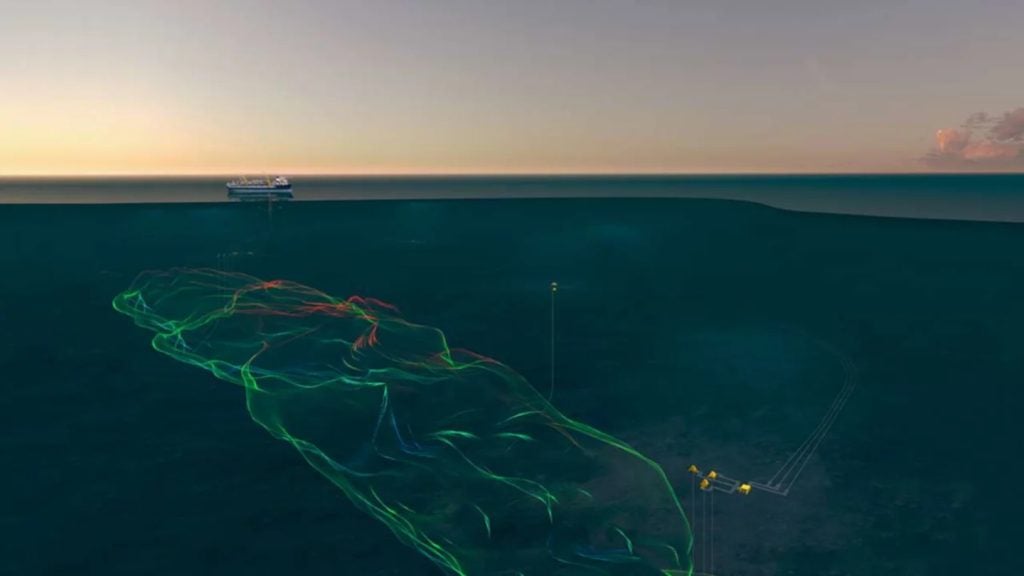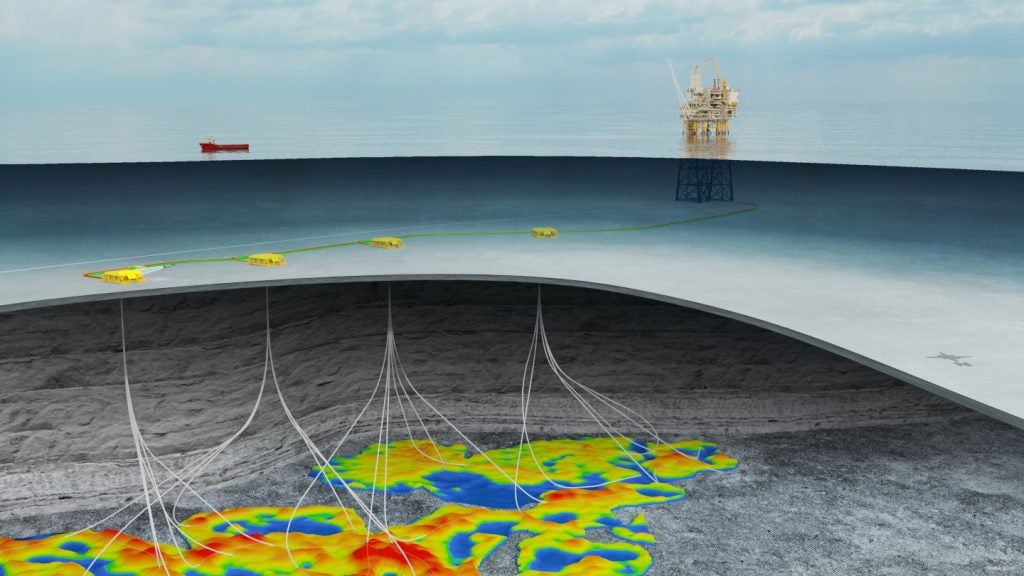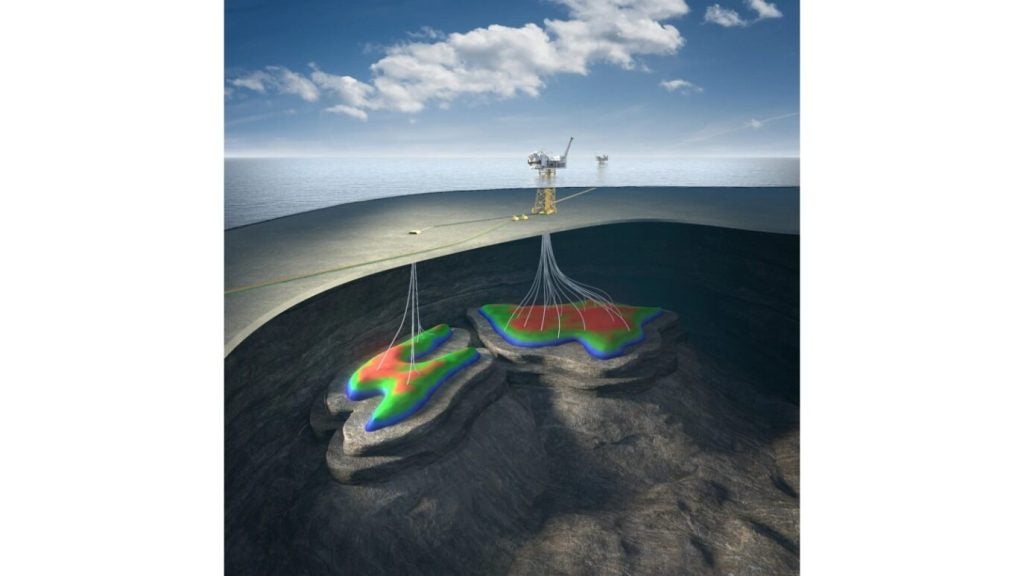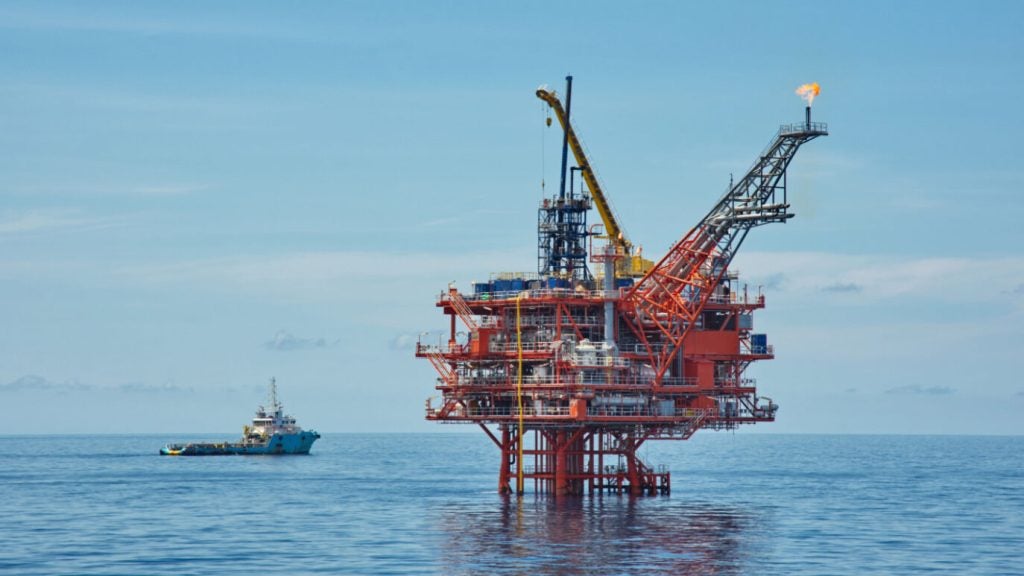Paus Biru is a gas filed located in East Java Basin of Indonesia and part of the Sampang production sharing contract (PSC) in the Madura Strait, offshore Madura Island.
The Sampang PSC is owned by Medco Energi (operator, 45%), Singapore Petroleum (40%), and Cue Energy Resources (15%). The Medco’s stake was previously held by Santos, which sold it to Ophir Energy in 2018 as part of the company’s sale of its non-core Asian portfolio. Ophir was subsequently acquired by Medco in 2019.
The field development plan for the project was approved by the Indonesian government body, SKK Migas, in August 2020. Independent certification of the contingent resources in the field was also completed in the same month.
The resources certification report was prepared by Pusat Penelitian dan Pengembangan Teknologi Minyak dan Gas Bumi LEMIGAS (PPPTMGB LEMIGAS) or Research and Development Center of Oil and Gas Technology (Lemigas).
The field is estimated to contain gross 2C contingent gas resources of 44.9 billion cubic feet (Bcf), as of February 2020.
The development planning will continue through 2021. The final investment decision is expected in mid-2021 while first gas from the field is expected in late 2022. Medco is expected to invest $80m into the development.
The Covid-19 pandemic had no significant impact on the Sampang PSC until September 2020 and the operator is implementing a plan to ensure minimal disruptions.
Paus Biru field location and discovery
Paus Biru-1 lies at a water depth of approximately 48m in the Sampang PSC, located 70km east of Surabaya, Indonesia. It is situated 27km east of the Oyong gas field in Sampang.
The gas field was discovered via the Paus Biru-1 exploration well in December 2018.
The location of the well was selected based on 3D seismic mapping, and geophysical and geotechnical site surveys.
The well tested a four-way dip structural closure targeting the Mundu reservoir. The preliminary gas sample analysis from the Paus Biru-1 well indicated low inert content.
Drilled to a total measured depth of 710m, the well had a gas flow rate of 13.8 million metric standard cubic feet per day (MMscfd). It intersected an estimated net gas pay of 29m across the primary Mundu Limestone Globigerina reservoir target.
The well flowed gas at the rate of 11.2MMscfd for five hours through a 64/64in choke at 525psia well head pressure following an initial drill stem test (DST) executed in the 576-605mMD interval. It was then kept shut for nine days to build pressure prior to a maximum flow test that produced 13.8MMscfd through a 120/64in choke for a duration of 55 minutes.
The well remains plugged and abandoned as a gas discovery until further development. It was drilled by Santos, the then operator of the PSC.
Paus Biru development plan
The Paus Biru development plan includes a single horizontal development well with an unmanned wellhead platform (WHP), which will be connected by a subsea pipeline to the existing Oyong field WHP.
The gas will be transported from the Oyong WHP to the Grati onshore production facility via an existing 60km-long pipeline. Processing will be performed at the Grati facility, operated by the Sampang PSC joint venture.
The next stages of the Paus Biru project include the front end engineering and design (FEED) phase and negotiation of sales agreements for the off-take of gas.
The project will also support and extend the existing production from Oyong and Wortel fields in the Sampang PSC.
Sampang PSC
The Sampang PSC comprises the Oyong and Wortel gas-producing fields, Paus Biru, and Jeruk prospect, an oil discovery which is yet to be developed.
The Oyong field commenced oil production in 2007, followed by gas production in 2009. However, oil production was ceased in 2017 as part of the conversion to a gas-only production field.
The gas from the field is transported to the Grati gas facility through the 60km-long pipeline and sold to PT Indonesia.
The Wortel field commenced gas production in 2012. The gas is exported to the Oyong platform via a 7km-long pipeline and subsequently sent to the onshore facilities through the 60km pipeline.

